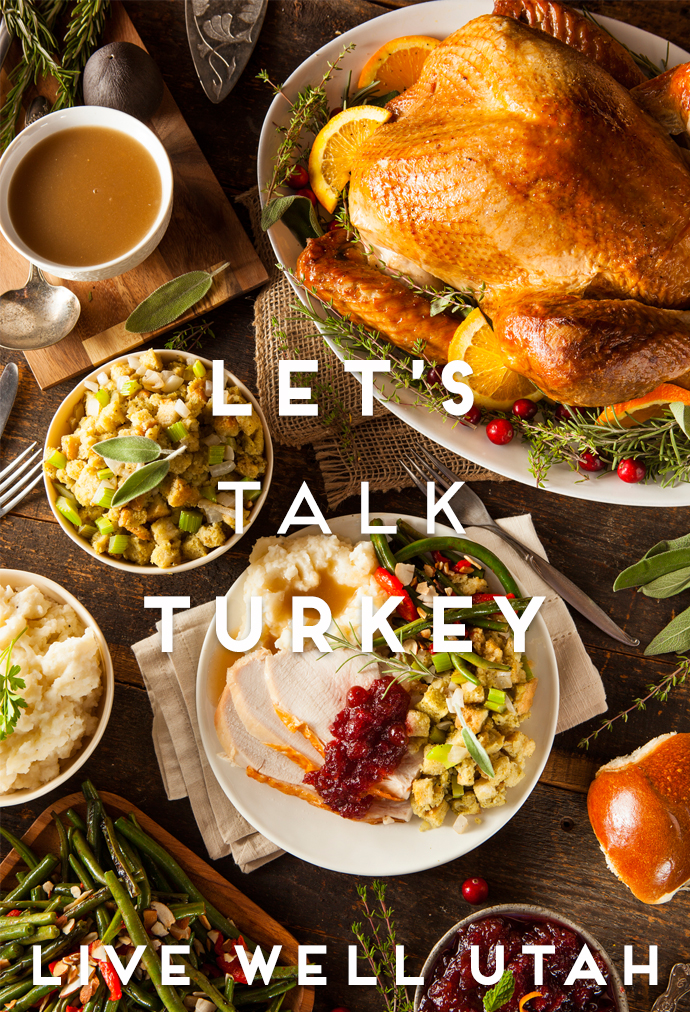Ask an Expert // Graduation Gift Ideas and Ways to Say Thank You
 Wondering what to get that graduating guy or gal in your life? We’ve got some great ideas for you.
Wondering what to get that graduating guy or gal in your life? We’ve got some great ideas for you.
16 Gift Ideas for your Grad
It’s graduation time, and announcements will soon be arriving in mailboxes. Graduation often brings the question of what you can do for or give to graduates to help them take steps toward their future. Here are some gift ideas to get you started:
- A toaster, blender, waffle iron or panini maker.
- Wireless headphones or speakers.
- A bean bag or banana chair.
- A label maker.
- A new journal to document all the experiences ahead.
- A recipe book of favorite family recipes.
- A gas card or car wash punch card near where they will live.
- Car supplies, including oil, washer fluid, filters, air fresheners, window shields or an emergency car kit.
- A new printer, since they are continually changing and becoming better.
- Gift cards to favorite stores and restaurants where they will live.
- An office supply kit for college or a future job.
- A college survival kit, which can include things such as cleaning, kitchen or bathroom supplies, towels, bed linens or necessary treats and food items.
- Work out equipment based on what they like to do, such as a yoga mat, pull up bar, adjustable dumbbells, free weights, etc.
- Creative money crafts. One idea is to put money in place of chocolates in a chocolate box with a note that says “Life is like a box of chocolates, you never know what you’re going to get.” Thecraftyblogstalker.com is full of many ideas for crafty money gifts.
- Games are great for social events and stress relief. Board or card games such as Settlers of Catan, Ticket to Ride, Ultimate Werewolf, Uno and Phase 10 are good options. You can also check out Google’s top 10 best-selling games.
- Books. One idea is to have friends and family sign the book with encouragement or advice. Great books for graduates include:
- Be Happy! A Little Book for a Happy You and a Better World by Monica Sheehan
- Reach for the Start: and Other Advice for Life’s Journey by Serge Bloch
- What Do you Do with an Idea? By Kobi Yamada
- How Big is the World? By Britta Teckentrup
- Oh, the Places You’ll Go! By Dr. Suess
- Yay, You! Moving up and Moving on by Sandra Boynton
- The North Star: Ask Yourself Where It Is You Want to Go… by Peter H. Reynolds
- The Treasure by Uri Shulevits
- Only One You by Linda Kranz
- Little Tree by Loren Long
- The Knowing Book by Rebecca Kai Dotlich
Say Thank You
Now advice for the graduate: Don’t forget to say thanks! Ideas include:
- The traditional hand-written letter, which is a classic way to thank others. This may be the most appropriate for grandparents and those who appreciate the tradition.
- An e-mail. This is a very informal option but is still a great way to share feelings of gratitude.
- A visit. For those living near enough, you can make a trip to say thank you in person. This is a great option for staying connected.
- An e-card. ThankView is one that allows you to make personalized videos to send a thank you message to friends and family. Many other options are available.
By: KJ Lamplugh, Utah State University Extension family and consumer sciences program assistant, kirsten.lamplugh@usu.edu
References:
The Crafty Blog Stalker: 20 Ideas on How to Give Cash for Graduation Gift – http://thecraftyblogstalker.com/20-ideas-on-how-to-give-cash-for-graduation-gift/
ThankView – https://thankview.com/
 What do you carry in your purse? Beyond the wallet, keys, lip balm and phone, do you have anything out of the ordinary? Adding a few simple things to your purse could make a big difference— in your life and the lives of those around you.
What do you carry in your purse? Beyond the wallet, keys, lip balm and phone, do you have anything out of the ordinary? Adding a few simple things to your purse could make a big difference— in your life and the lives of those around you.